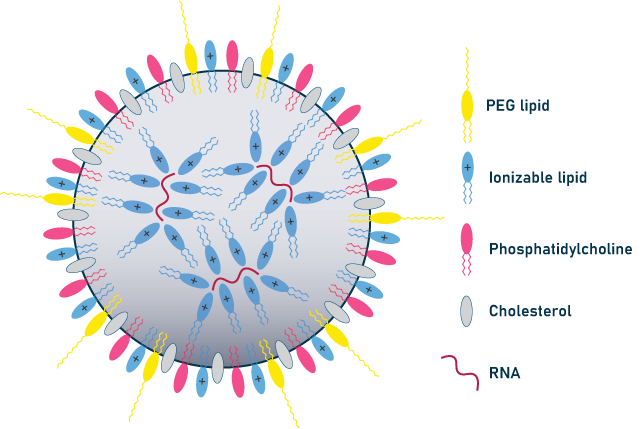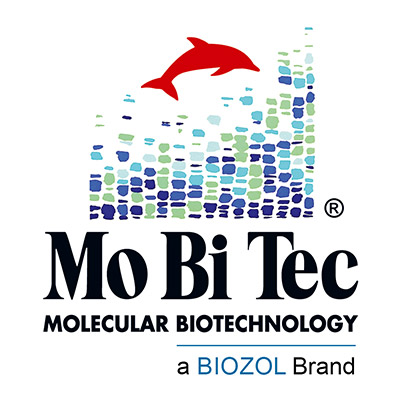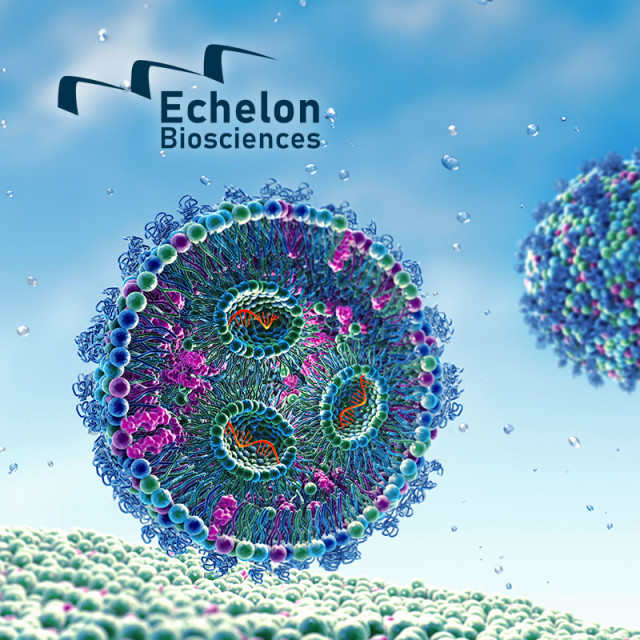Lipid Nanoparticles for RNA Delivery
Lipid nanoparticles (LNP) have been in use for years as cellular transfection reagents. Interest in novel forms of LNPs grew rapidly after they became part of the mRNA vaccines against SARS-CoV-2. The powerful combination of nucleic acid therapies & LNP delivery provides scientists with countless applications.
RNA-Based Therapeutics
The biggest drawback of using RNA in therapy is naked RNA cannot simply be injected as it is immunogenic, easily susceptible to enzymatic degradation, and is not taken up by cells. Therefore, alternative delivery systems are required for therapeutic RNA. Currently approved RNA therapeutics employ lipid nanoparticles (LNPs) to overcome these problems. The RNA is packaged in LNPs that protect it from degradation as it circulates, allowing it to enter the cells and subsequently release the contents into the cytoplasm so that the RNA can be used by the ribosomes to synthesize the desired protein(s). The key component of RNA-LNPs are ionizable lipids. These lipids bind RNA allowing it to be encapsulated into the liposome-like LNPs.
Four Types of Lipids Required to Formulate LNPs
- Ionizable Lipid: This is the key component of the LNP and has two main roles: bind the RNA and allow release of the RNA in the cell. The pKa of the lipid is an important factor as the lipid needs to be positively charged at low pH in the LNP to bind RNA but uncharged at neutral pH so the LNP does not cause toxicity.
- PEGylated Lipid: A small amount of a PEG derivatized lipid is incorporated to increase the circulatory half-life in the body. In addition, the percentage of PEG-lipid influences the size of the LNP.
- Cholesterol: Cholesterol is a structural "helper" lipid that makes up a significant part of the LNP and improves efficacy possibly by promoting membrane fusion and promoting endosomal escape.
- Neutral Phospholipid: Synthetic phospholipids are also commonly used as structural "helper" lipids in LNP formulation to promote cell binding.

Nanoparticle (LNP): An outer lipid coat composed of ionizable lipids, PEGylated lipids, cholesterol, and helper phospholipids surrounds a core of ionizable lipids encapsulating the RNA cargo.
Ionizable Lipids
Echelon offers an extensive ionizable and cationic lipid product suite. When combined with specific combinations of carrier lipids, these reagents are ideal for delivery of RNA and DNA cargoes to cells and tissues.
Download Flyer
Featured Products
ALC-0315, N-1020
ALC-0315 is an ionizable lipid which has been used to form lipid nanoparticles for delivery of RNA. ALC-0315 is one of the components in the BNT162b2 vaccine against SARS-CoV-2 in addition to ALC-0159, DSPC, and cholesterol.
cKK-E12, N-1012
cKK-E12 has been used to deliver siRNA in mice, rats, and primates. It shows low toxicity and is selective for liver parenchymal cells over liver, heart, lung, and kidney endothelial cells.
SM-102, N-1102
SM-102 is an ionizable lipid used in lipid nanoparticles and can be found in some formulations of mRNA-based vaccines.
LNP Trailblazer Kits
The LNP Trailblazer Kits are designed for quick assembly and assessment of RNA-LNPs in biological systems. Each kit includes a buffer for preparation of RNA cargo and the necessary lipids to form lipid nanoparticles.
The kit comes in two types: a pre-mixed lipid solution for rapid screening of RNAs and pre-packaged individual lyophilized lipids for customization of lipid formulations.



